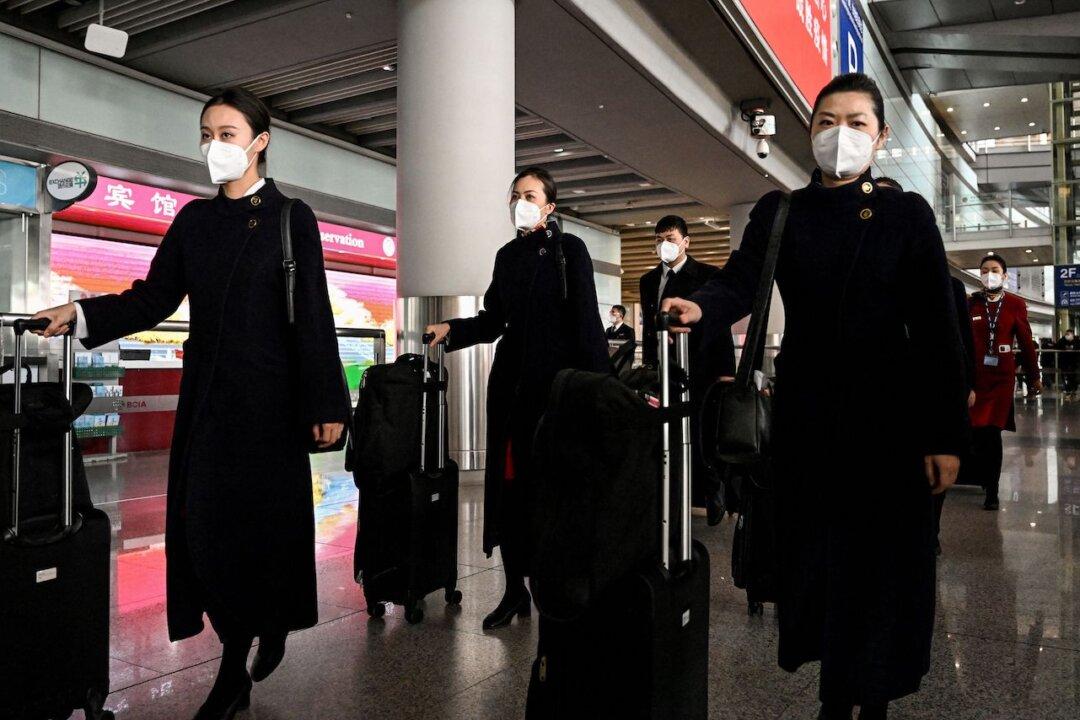Countries should consider recommending travelers to wear masks in high-risk settings such as long-haul flights, a World Health Organization (WHO) official said on Tuesday, citing the rapid spread of the latest COVID-19 Omicron subvariant XBB.1.5 in the United States—even though nothing currently suggests that it brings more severe disease than previous strains.
Mask wearing on long-haul flights “should be a recommendation issued to passengers arriving from anywhere where there is widespread COVID-19 transmission,” Catherine Smallwood, the WHO’s senior emergency officer for Europe, told reporters at a press briefing on Jan. 10.




